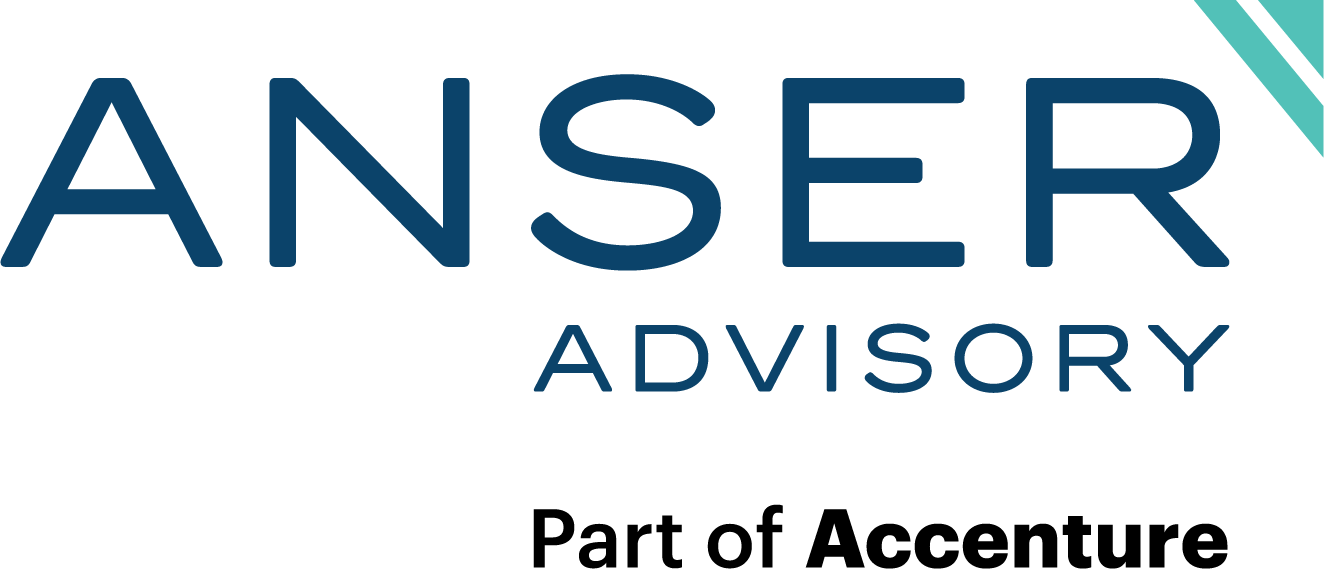First, let's consider the cost. Upgrading our existing infrastructure, including treatment facilities and delivery systems, leak detection and repair, and new water development comes with a significant price tag. With over 7,000 water systems in Texas alone, the State Water Plan highlights that Texans use 5.3 million acre-feet of water for municipal purposes, projected to increase to 8.5 million acre-feet by 2070. And that's only accounting for the water systems. In addition to that, manufacturing uses 1.3 million acre-feet of water, and organizations, including agriculture, currently utilize just over 9 million acre-feet per year (according to https://texasstatewaterplan.org/statewide).
Texas has experienced significant growth, attracting businesses and people to the state. This growth presents unique challenges that must be addressed to ensure a sustainable future for Texas.
Considering our current situation, it's imperative that we find new sources of water. Unfortunately, most of our existing sources are already running low or overused. However, we must prioritize the environment's water needs. It's disheartening to see popular swim sites like Barton Creek Greenbelt dry up in May, and Jacob's Well near Wimberly, Texas, hasn't had enough water flow for swimming since last year. While drought is a factor, we need to manage our water resources responsibly, regardless of weather conditions.
We have reservoirs and surface water, and groundwater, but we need more. Much more. And that investment is going to be substantial. By some estimates, the cost to repair systems, to make them more resilient and protect other users and the environment, will be among the most complicated policy challenges we’ve faced.
And yet, we have no choice.
We need to conserve what we have and develop more water sources.
But where will it come from, and how will we pay for it?
The Texas Legislature is contemplating a substantial investment in water supply, treatment, and delivery. The Federal Infrastructure Investment and Jobs Act has made funding available. There is funding set aside in the annual state budget. And the legislature is advancing new mechanisms to allow small, rural, and disadvantaged utilities to collaborate on regional projects, making them more competitive for funding—without giving up control of their facilities.
That's all good, but WHAT WATER?
First, we can be more efficient with the water we have. Again, this legislative session, lawmakers are considering a substantial investment for utilities to find and repair leaks. Texas lost an estimated 136 billion gallons of water in 2020 and 132 billion gallons of water in 2021, according to water loss reports submitted by public water suppliers to the Texas Water Development Board. That’s a lot, but it’s not enough to cover our projected needs. But it’s the cheapest water because we’ve already paid for it.
We must also change how we use water - be more efficient.
Coastal communities can consider desalination, and they are, but such a project can be far more affordable as a regional effort. Also, energy costs. We don’t want to trade one issue for another, and we want to ensure we can manage production costs. Our ability to generate power is, as Texans have experienced, also challenged.
In some places, there is more groundwater, and in some places, there is more surface water, but in truth, we can all conserve more water. It’s not just that every drop counts; when you save drops, and the hospital and industry do, those drops equal many millions or billions of gallons.
We need to recycle our water effectively. Texas is a U.S. leader in both indirect (where we recharge surface and groundwater with purified reuse) and direct reuse, where we use it for industry and irrigation and treat it to the highest possible standards before putting it into the water treatment plants, treating it again and sending it to homes and schools and businesses.
We have issues, but we also have the knowledge, political will, and funding to reposition ourselves and our water supplies for the future we want. Enough water for a continuing Texas miracle while protecting the natural systems that provide the water, recreation, and quality of life we want.
Visit waterworks4texas.com to learn more today.
About the Authors
Robert Sheets
Leader, Government Services Group, Anser Advisory

Known as a man who gets things done, Robert Sheets has spent a professional lifetime helping advance the goals of local governments. His relationships with local, regional, and state governments, as well as the Department of Defense, have been instrumental in establishing public-private partnerships with a triple bottom line: good for the community, good for business, and good for the environment.
Carlos Rubinstein
Water Policy Consultant, Anser Advisory

Rubinstein is an expert on Texas water policy. As chairperson of the Texas Water Development Board (2013-2015) he oversaw the implementation of the $2 billion State Water Infrastructure Fund. (SWIFT). He is a Board Member of the Texas Water Foundation and the Texas Water Trade. Rubinstein has served as the Texas representative to the Western States Water Council and the Border Governors' Conference Sustainable Development worktable. Rubinstein served as the Texas Commission on Environmental Quality (TCEQ) commissioner from 2009–2013. He is a former deputy executive director of TCEQ and Rio Grande Watermaster. Rubinstein has appeared as an expert witness on various environmental cases and has published several peer-reviewed articles on Texas water policy. He is a former city manager for the City of Brownsville. Rubinstein earned a bachelor's degree in biology from Pan American University.



